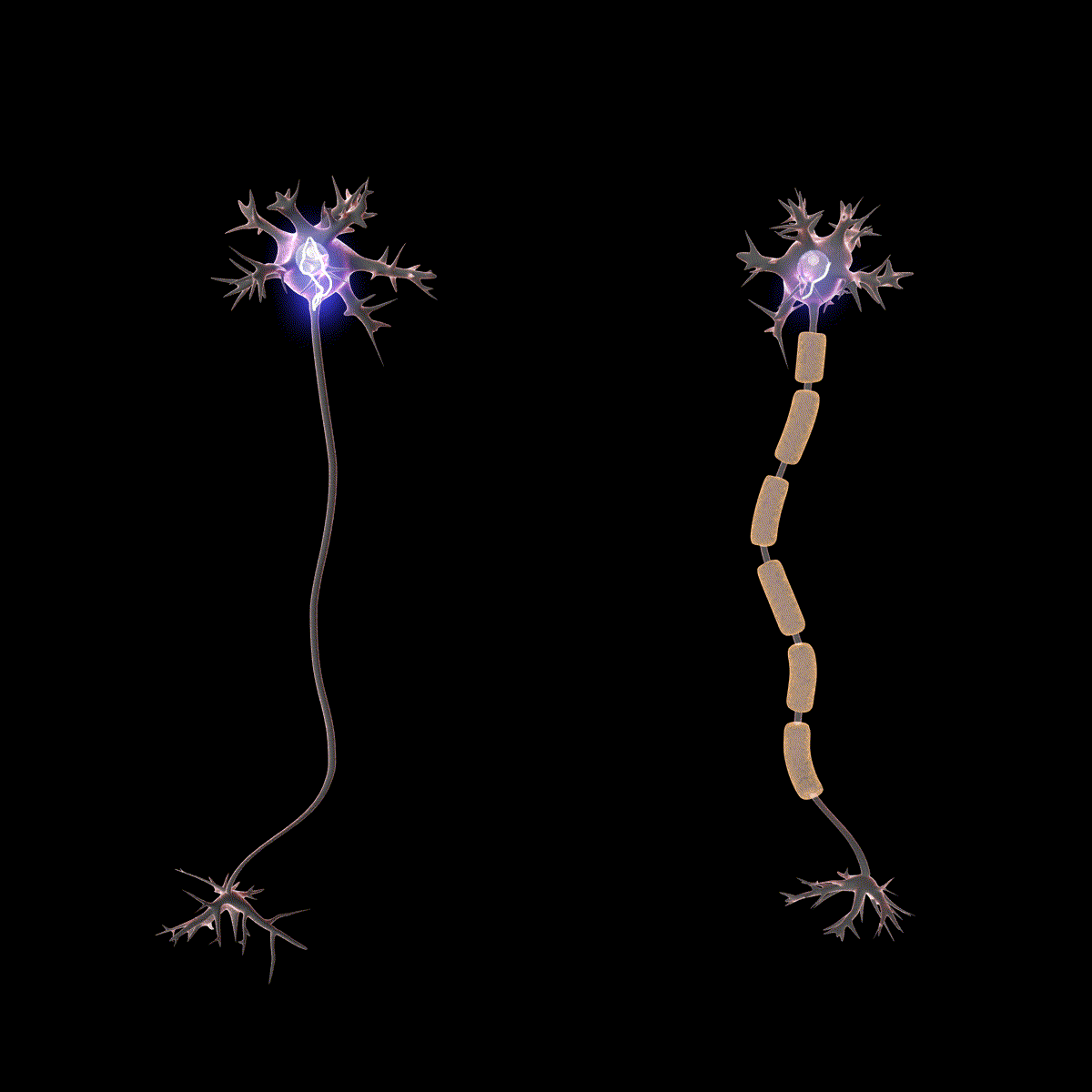Photo by Zhu Liang on Unsplash
Before a kid can ride a bike, they must learn how to ride a bike. *
Before a kid can read, they must learn how to read.
Before tying shoes, before writing their name, before whatever.
Before a kid can learn in school, they must learn how to learn.
Wait…what?
“But that’s not in my job description” and “Can you even learn that?”
What I suggested in the last article is that project-based learning is the solution to school’s problems.
But teachers try project-based learning, and it’s a mess — because it’s always a mess — and they say it doesn’t work for their kids.
We have to teach how to learn this way, just like we have to teach everything else.
All skills are learned

Daniel Coyle, who researched how skill develops for his book, The Talent Code, says,
Skill is cellular insulation that wraps neural circuits and that grows in response to certain signals…Although talent feels and looks predestined, in fact we have a good deal of control over what skills we develop.
The students need you to teach them. They need help to develop the connections in their brains for making things. Everything we think of as talent, or innate ability, is skill that someone developed with time and effort.
The trickiest skills are the people skills that require modelling and encouragement and years of practice. For example, “how to keep going when it gets frustrating” is a tough skill. Lucky for us, this is a major area that benefits from a human teacher, rather than a computer.
It’s okay if you need to learn how to teach this way
Three aspects of project-based learning that will be different:
- You might really like order, rows, and everyone doing the same thing, but projects often veer outside those constraints.
Keep your standards, but be prepared to adapt.
2. Sometimes every single student will need help, and you need to be in 20 places at once. Then other times, no one will need your help, and you’ll wonder what your role even is.
Having someone listen to your ideas, and withhold judgement, and encourage, is rare and special. Teachers can be that.
3. Often, you won’t be an expert; your students will know more than you, and you won’t be able to answer their questions.
That’s okay. That’s reality in the age of Google. Your role is changing.
A new perspective on your role
What if you were less like the one who holds all the information, and more like a curator, who connects people with what they need to know? One is impossible, and the other is doable.
Don’t be shy, give it a try
Perhaps, since we are talking about project-based learning, students and teachers alike would benefit from doing a project, and seeing how it goes. As the old adage says, experience is often the best teacher.
*You don’t actually need to learn how to ride a bike in order to ride a bike. We think a kid-version of a bike (a tricycle or training wheels) teaches you how to ride a bike, but those just teach you how to pedal. Pedalling is not the hardest part. Balancing is.
You need to balance enough to start pedalling, so that you can start moving fast enough to stay up. But that’s mind-blowing! All we ever tell kids is to slow down! And now all of a sudden the training wheels are off and we’re expecting them to master two huge concepts at once: balancing and moving faster, not slower.
So the best way to teach a kid to ride a bike is to teach them to balance on a bike like the Strider. These are pedal-less bikes that let kids learn to balance safely, so they can one day seamlessly transition to a regular bike.
What you think you are teaching is not what you’re actually teaching.
